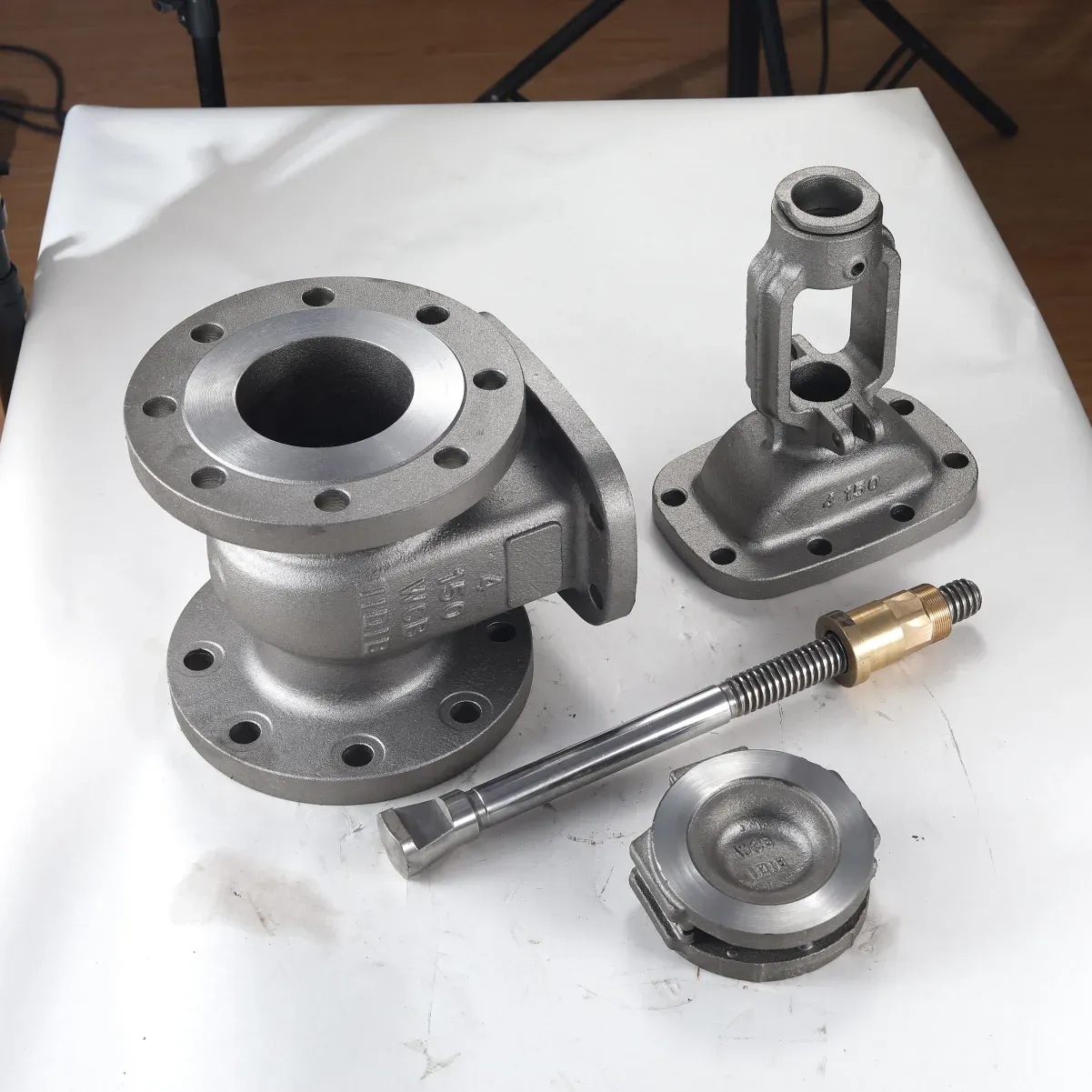2.5 inch butterfly valve
Understanding the 2.5 Inch Butterfly Valve
Butterfly valves are widely used in various industries due to their compact design, lightweight construction, and reliability. Among the various sizes and types available, the 2.5-inch butterfly valve enjoys particular popularity. This article will delve into the features, applications, and advantages of the 2.5-inch butterfly valve, providing insight into its significance in fluid control systems.
What is a Butterfly Valve?
A butterfly valve is a quarter-turn rotational valve that uses a flat disc or plate (the butterfly) to control the flow of fluid through a pipe. When the valve is open, the disc is rotated 90 degrees, allowing fluid to pass through with minimal resistance. Conversely, when it is closed, the disc obstructs the flow, effectively sealing the pipe. This simple mechanism makes butterfly valves suitable for a range of applications, from water and sewage treatment to chemical processing.
Features of the 2.5 Inch Butterfly Valve
The 2.5-inch butterfly valve is designed to facilitate smooth operation in systems with various media, including liquids, gases, and slurries. Its physical dimensions allow it to fit into spaces where a tighter installation is required. Typically constructed from materials such as stainless steel, cast iron, or PVC, these valves can withstand different pressure and temperature conditions, making them versatile components in many systems.
One key feature of the 2.5-inch butterfly valve is its low-pressure drop across the valve, which means that energy losses during operation are minimized. This efficiency is critical in systems where fluid movement is essential, and reducing energy consumption can lead to significant cost savings over time.
2.5 inch butterfly valve

Applications
The 2.5-inch butterfly valve is found in an array of applications across multiple sectors. In water treatment plants, for example, these valves help regulate the flow of treated water, ensuring it moves efficiently through the system. In the oil and gas industry, butterfly valves control the flow of crude oil and natural gas, providing a reliable solution in demanding environments. Additionally, the food and beverage industry utilizes 2.5-inch butterfly valves to control flow in processes such as brewing or bottling, where hygiene and flow consistency are critical.
Advantages
The 2.5-inch butterfly valve offers several advantages. First and foremost is its ease of operation. Due to the quarter-turn design, these valves can be opened and closed quickly, facilitating rapid adjustments to flow. This characteristic is particularly beneficial in emergency situations where immediate flow control is essential.
Another advantage is maintenance. Butterfly valves generally have fewer parts compared to other valve types, leading to less wear and tear over time. Maintenance procedures are simpler and less frequent, which translates into reduced operational costs.
Conclusion
In summary, the 2.5-inch butterfly valve is a crucial component in many fluid control systems. Its design offers a combination of efficiency, reliability, and ease of use. Whether in industrial applications or municipal systems, these valves play a pivotal role in regulating fluid flow. By understanding their features, applications, and benefits, engineers and operators can make informed decisions that enhance system performance and sustainability. As the demand for efficient and reliable fluid handling continues to grow, the 2.5-inch butterfly valve will undoubtedly remain a key player in the industry.
-
The Versatility of Ball Valves in Fluid Control SystemsNewsJun.10,2025
-
The Practical Benefits of Centerline Butterfly ValvesNewsJun.10,2025
-
The Benefits of Bellows Seal Globe Valves for Industrial SystemsNewsJun.10,2025
-
The Advantages of Offset Butterfly ValvesNewsJun.10,2025
-
Ductile Gate Valves: Strong, Reliable, and Essential for Every SystemNewsJun.10,2025
-
Cast Iron Gate Valves: A Reliable Solution for Every SystemNewsJun.10,2025
-
Why Choose a Brass Gate Valve for Superior Performance and DurabilityNewsMay.09,2025




